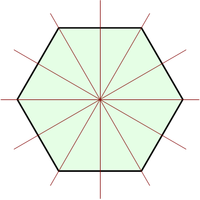Representation theory (group theory)

Okay, so imagine you have a group of people, like a class at school. Each person in the class has a certain role or job that they can do. For example, one person might be very good at math, while another person is very good at art.
Representation theory is like looking at each person in the class and seeing what they can do. But instead of looking at people, we are looking at things called "groups." A group is just a collection of things that follow certain rules.
Each group has a bunch of things that it can do, or "operations" that it can perform. And just like people in a class, groups can have different strengths and weaknesses. Some groups are really good at doing certain operations, while they might not be so good at doing others.
Representation theory helps us understand how different groups behave when they perform these operations. It's like looking at each person in the class and seeing what they can do, but instead we're looking at groups and seeing what they can do.
To understand representation theory, we need to think about things called "matrices." These are just tables of numbers that we can use to represent different things. Just like you can use numbers to represent how good someone is at math, we can use matrices to represent how good a group is at performing certain operations.
So, representation theory is all about using matrices to understand how different groups behave when they perform operations. If you can understand what a matrix is and how it works, then you can understand representation theory!
Representation theory is like looking at each person in the class and seeing what they can do. But instead of looking at people, we are looking at things called "groups." A group is just a collection of things that follow certain rules.
Each group has a bunch of things that it can do, or "operations" that it can perform. And just like people in a class, groups can have different strengths and weaknesses. Some groups are really good at doing certain operations, while they might not be so good at doing others.
Representation theory helps us understand how different groups behave when they perform these operations. It's like looking at each person in the class and seeing what they can do, but instead we're looking at groups and seeing what they can do.
To understand representation theory, we need to think about things called "matrices." These are just tables of numbers that we can use to represent different things. Just like you can use numbers to represent how good someone is at math, we can use matrices to represent how good a group is at performing certain operations.
So, representation theory is all about using matrices to understand how different groups behave when they perform operations. If you can understand what a matrix is and how it works, then you can understand representation theory!
Related topics others have asked about:
